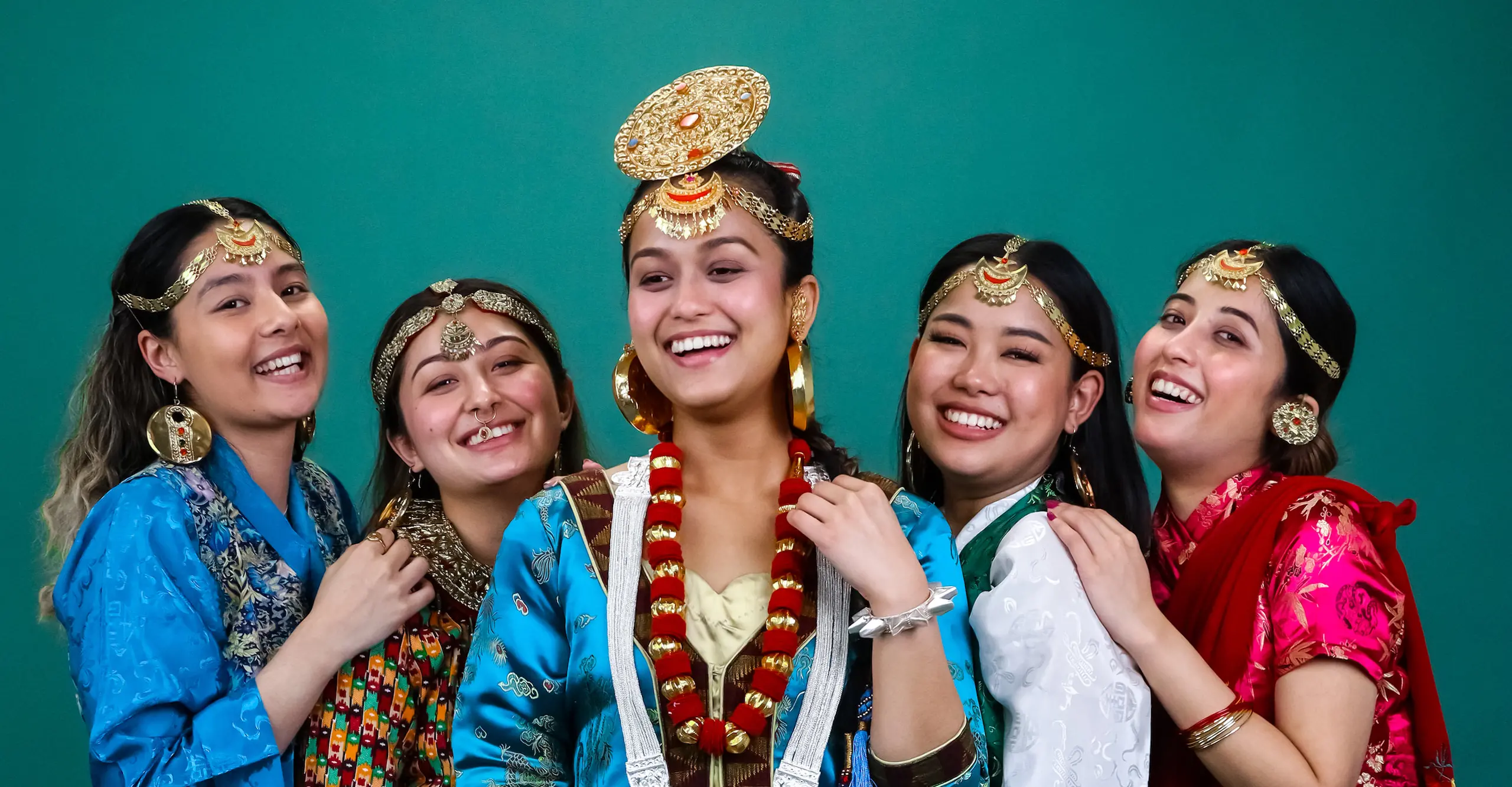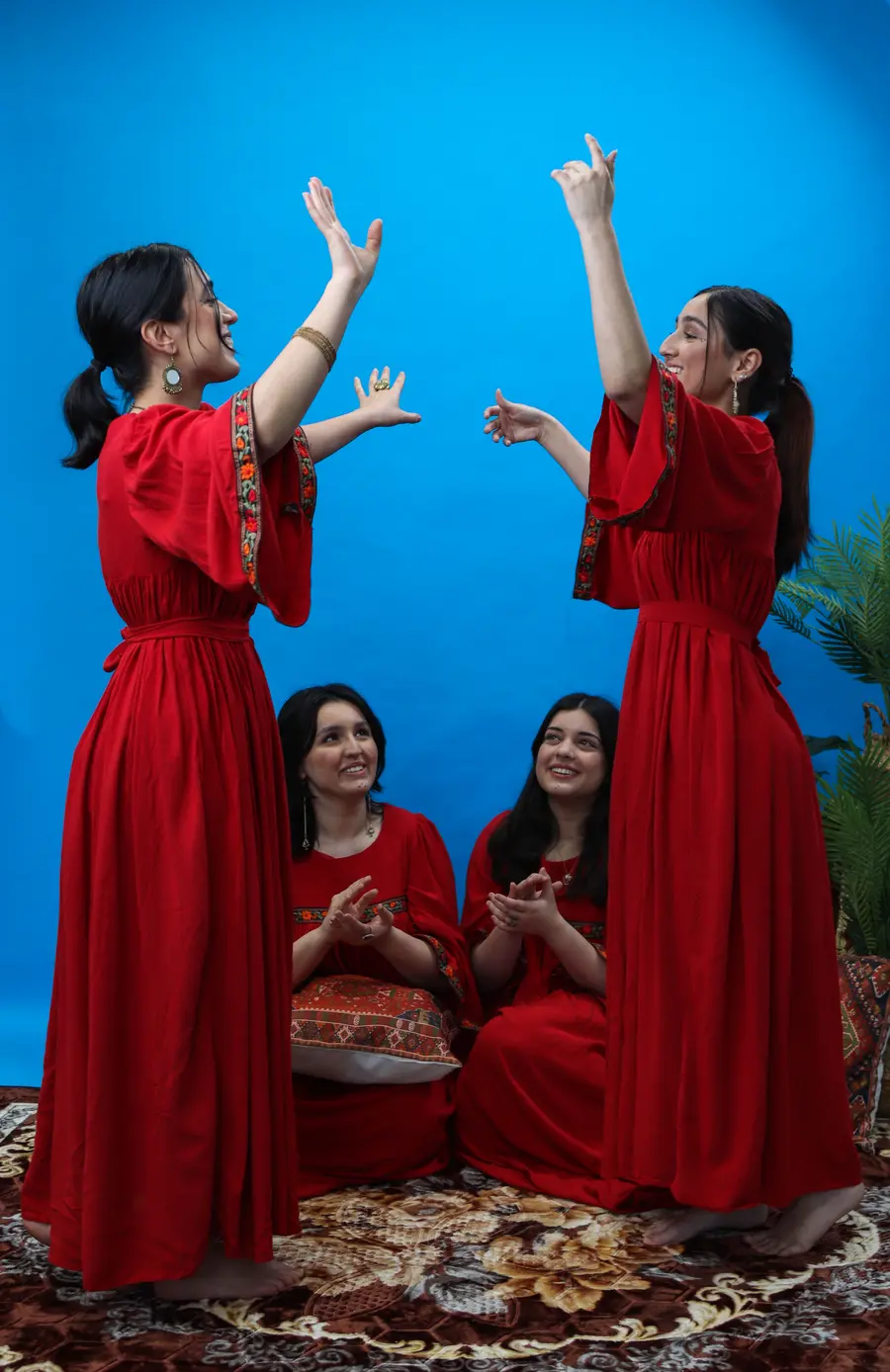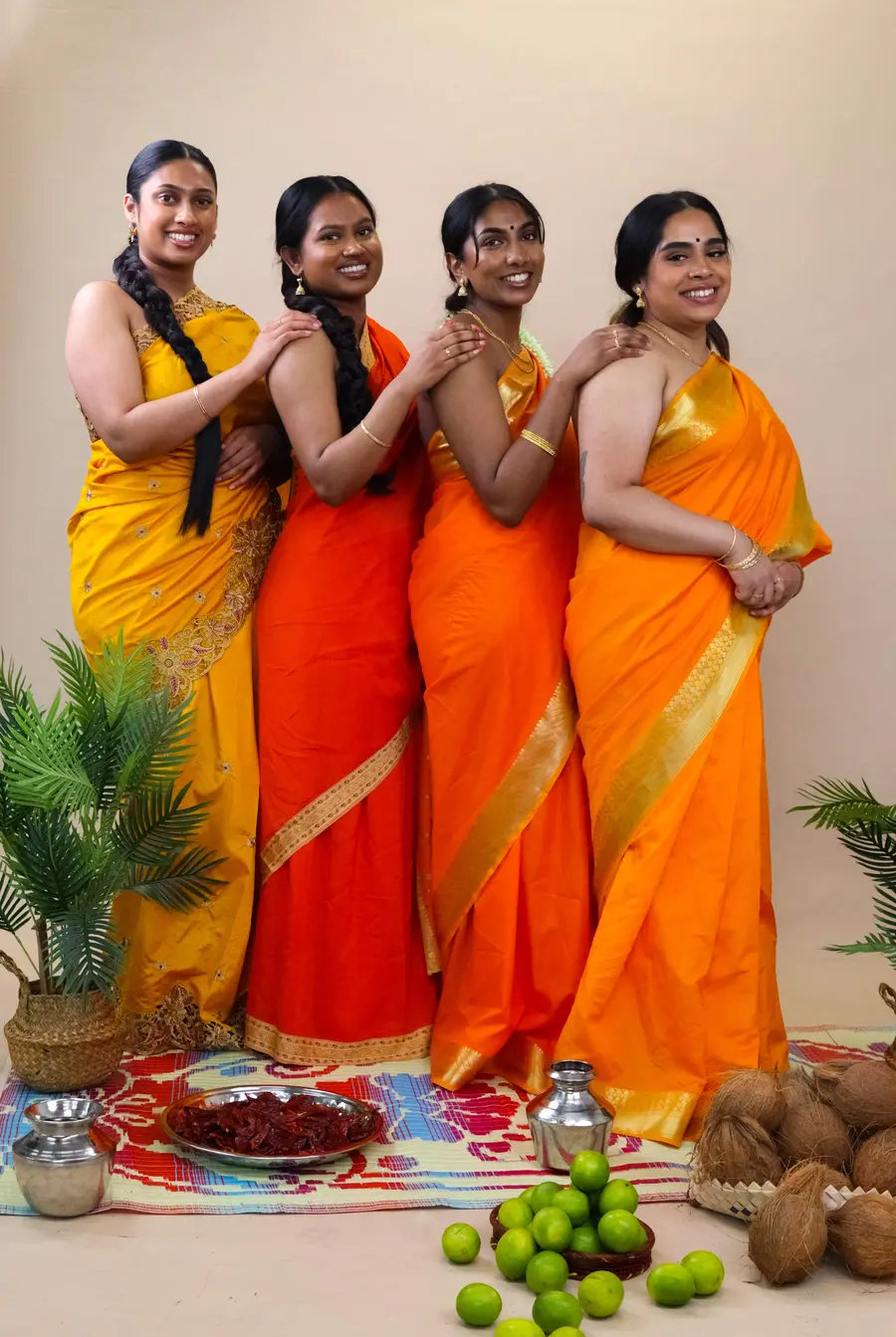Mathushaa Sagthidas writes about creating her project Not Just Brown, Not Just Indian
This project was created out of a frustration over the lack of representation of south Asians from an authentic perspective. Studying creative subjects meant that there was an educational structure that I had to follow. This included citing references to stolen artefacts, held by British institutions, that resembled religious deities.
As an Eelam Tamil Woman, like most other south Asians, I just made the assumption that I was Indian as if that's the only country to exist in South Asia. I feel our cultures and traditions are classed as one. Working with various South Asian women from their respective countries, through my project Not Just Brown, Not Just Indian, I wanted show parts of their stories and amplify these experiences. Each photograph of women from a different country focuses on aspects of that country’s culture from authentic perspectives.
For India, we focused more on the celebration of Holi by letting the models create a Rangoli pattern (colourful and symmetrical patterns made out of white and coloured rice powder). This is known to be an everyday practice in Hindu households, however the colours are preferred during festivals and other important celebrations, such as Diwali.
The portrait of women from Afghanistan celebrates familial love and nostalgic traditions – something we showcased in the shoot, as the models and team were cousins. We focused on their childhood and close relationship through matching clothes and memorable moments from the team's childhood – like having tea, chatting and dancing.
The photograph related to Nepal focuses on sisterhood but also the influence and importance of caste in their culture – such as having traditional wear that reflects the caste their families are from. (From left to right) Suprina wearing Sherpa Bokhu; Reeya wearing Gunyo Cholo; Rojina wearing Limbu dress; Namuna wearing Sherpa Bokhu; and Ronisha wearing Gurung dress.
The photograph featuring women from Sri Lanka/ Tamil Eelam focuses more on the history of our grandmothers’ lives back home. It showcases the beautiful but key differences and similarities between Tamil and Sinhala culture; such as the difference in sari styles. The other photograph shows what gold jewellery means to us – as the Sinhala women only wear one very significant and long chain; whereas Tamils tend to wear a few essential and religious pieces.
The photograph made with women from Bangladesh showcases the beauty and celebration of their New Year – Pôhela Boishakh, which is celebrated on 14 April in Bangladesh. The importance of visiting family and friends, new year salutation and wearing Red-White Attire is essential.
Pakistan focuses more on beauty traditions such as the influence of hair oiling. Often used for a deep conditioning of the roots and tips of their hair, it leaves it thick and shining hair as a result. The wearing of surma (kohl eyeliner) also features.
All photographs © Mathushaa Sagthidas, 2022
Funded by Getty Images x Creative Access x iStock
www.mathushaasagthidasphotography.co.uk


